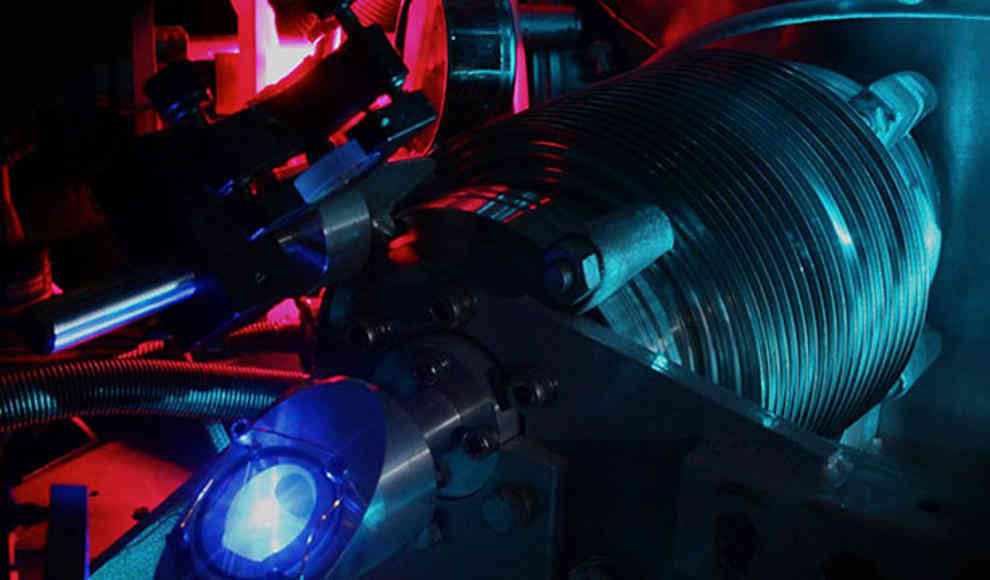New measurements have revealed that the proton radius is four to five percent smaller than previously thought. This discovery has led scientists to believe that the Rydberg constant must also be redefined. Protons, along with neutrons, form the nucleus of an atom and are a fundamental building block of all matter. The Rydberg constant is dependent on the proton, and it is used in science to assign spectral lines to corresponding elements. The recent deviation in proton size measurements has significant implications for many areas of science.
In 2010, a proton-muon connection was examined using laser spectroscopy, and the measured proton radius was approximately four percent smaller than the accepted standard. Another measurement in 2016 confirmed these results, and a subsequent measurement in 2017 also showed a deviation in mass from the standard value. To initiate a change in the standard value, the results of the previous three measurements needed to be verified. A team from the Max Planck Institute for Quantum Optics in Garching conducted the necessary measurement by measuring the proton radius on a normal hydrogen atom, without replacing the electron with a muon that may have distorted previous measurements.
The researchers analyzed the spectral lines of two energy transitions of the hydrogen atom and irradiated a hydrogen atom with a laser with a wavelength of 468 nanometers. The atoms were excited to the 4P level and then fell back to the 2S state, emitting photons that allowed the proton size to be inferred. The combination of the two measurements indicated that the proton is likely smaller than the current standard value, with a radius of 0.8335 femtometers instead of the previous 0.8768 femtometers. The scientists confirmed the measurements of other research groups, who also believe that the proton is four to five percent smaller than previously thought.
Despite the three-year analysis of the measurements, measurement errors and distortions cannot be completely ruled out. However, all experiments suggest that the proton is smaller than previously thought. Further measurement series are necessary to confirm this finding, but the Committee on Data for Science and Technology (CODATA) has already expressed its interest in the results. The official committee sets the standard values for physical constants, and an official change in the proton radius and Rydberg constant is likely after the next revision in 2018.







